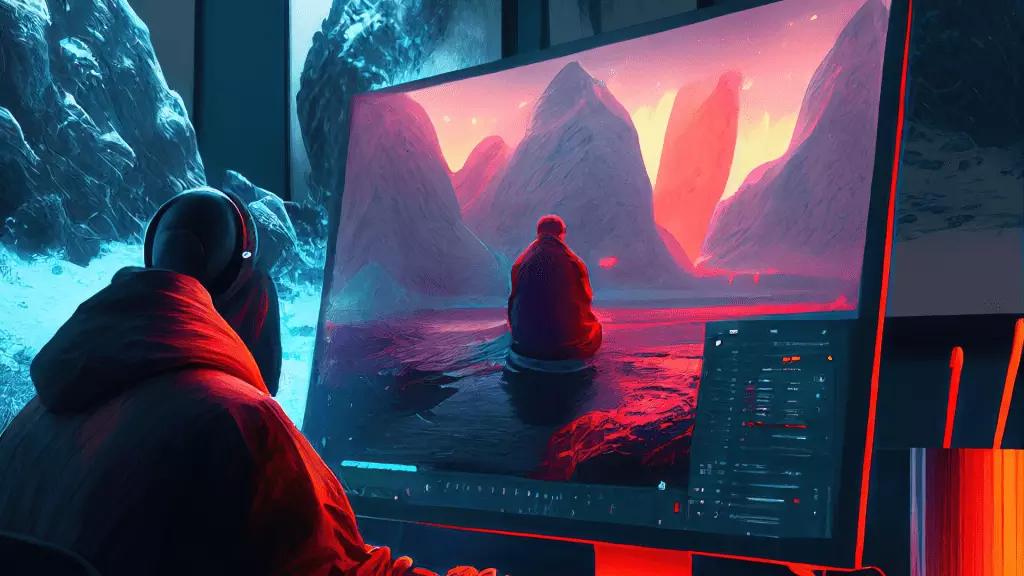Case Studies
- Case Studies
Goldcrest

Goldcrest
Goldcrest Films’ Senior DI Systems Administrator, Neil Harrison, explains how pixitmedia offered a bespoke, scalable storage solution for Goldcrest’s new drama department delivering better performance at a lower cost.
Goldcrest is London’s most cutting edge post production facility, catering specifically to the varied needs of feature film and long-form broadcast clients under one roof in our central Soho location.
Goldcrest uniquely provides end to end post production services in the heart of London. Its world renowned facilities encompass production offices and offline editorial suites, ADR recording, sound design and editorial suites, data management, film recording, conform and online editing, 2K, 4K and HDR colour correction in 2D & 3D and film scanning and recording. Projects recently completed at Goldcrest include Three Billboards Outside Ebbing Missouri, Jurassic World: Fallen Kingdom, The Favourite, Isle of Dogs, Trust, Murder on the Orient Express, A Very English Scandal and Killing Of A Sacred Deer.
“Goldcrest covers everything from the moment a shoot starts. We consult with the DoP and the production team from the outset – running camera tests and establishing the pipeline. We’ll help out the DIT, create LUTs and do on-set grading. We’ll have equipment on-set to bring deliverables back and start work on them almost immediately.
The post is all done here. We have two main grading theatres and a third smaller and three onlines. We have two main ADRs and two mix theatres in Lexington Street. In Dean Street we have our main Dolby Atmos Premier licensed Theatre 1 and an additional theatre. We run a dark fibre from Lexington Street to our other theatres in Dean Street. We can have up to date audio mixes for our customers while they’re doing the grade.
Drama
We have historically been a feature-based DI facility, but have now ventured into the drama world. From the start of this year we’ve brought in some great talent and the pipeline had to change accordingly – from reel-based to episodic. We were committed to deliver a ten-episode drama – Trust for FX. We were going to bring in 8K R3D and work in 4K and we knew that would put a strain and push the boundaries of our existing system.
If we carried on the way we were, there would need to be two new mastering suites and two more online suites all playing back in real time for either features or drama. We had to expand and needed additional storage, operators, rooms, new workstations and hardware. Essentially, we were growing a new TV department.
It would have been easy to grow the current system because all of the clients are licensed. If we were putting in more hardware, we’d just add licenses to them, and add new fibres.
The problem we’d encounter with almost any storage hardware would be that we’d need additional data lines and possibly additional metadata lines – another Ethernet, another PCIe card to every workstation. And when you’re looking at some of these workstations running Davinci Resolve when they’re fully loaded, they have four additional GPUs. They’re packed solid, so we’d need to find two more slots.
Our existing solution was also falling behind because it’s tiered. You have to move data around within the storage and that requires an operator to manage it. It’s expensive and on top of that you’re adding support costs and high-priced licensing.
On the green
While discussing all this over a round of golf with Richard Hayter-Gare of pixitmedia, he advocated pixstor as a solution. It enables you to create data policy for GPFS – everything’s offline until you hit a directory and it gets routed in to that high-performance area. The operators don’t even need to know about it.
We started crunching numbers, sharing what we needed to deliver, and pixitmedia inspired us with confidence. We went to the pixitlab and left brimming with confidence. If there wasn’t a solution, they found one very quickly.
We loaded up our 4K data in their system and the performance was good straight out of the box. However, pixit CIO Barry Evans said, ‘we can get more out of that’.
It took just a few lines of code and we had even better performance. We came up with a hybrid system to run our existing SAN with all of its existing clients and sitting alongside that we have pixstor. The critical difference was the ability to work within our existing infrastructure without adding additional Ethernet, fibre and PCIe cards.
They built and tested it all in the lab, delivered it and provided a schedule for everything. I just racked it all up and the next morning we checked the cables. It was one of the easiest installs I’ve ever had to do.
The cost of ownership has plummeted
Neil Harrison, Senior DI Systems Administrator
Total trust
We put the kit in during June and started on Trust in July. In the last six months we’ve delivered three dramas and next year we might have up to nine. The beauty of pixstor is that you just grow the system. It’s not a case of adding volumes or more licensing, it’s a case of just inserting more storage, growing the same file system and as you grow it you increase its performance too. All else, including the folder structure, stays the same.
The cost of ownership has plummeted. Previously we had two different systems – one for offline and one for nearline and now we have one. The pixstor solution is a one file solution. Everything that gets sent to our online media directory is within real time high-end storage and performance. We can create hot folders and can do so much else with it. It’s so versatile.
The killer point is the pixit team – every point of contact, everyone we’ve spoken to, the knowledge is great. Every time we ask a question, they’ve generally got an immediate answer. They are so rightly proud of their product and it shows.










